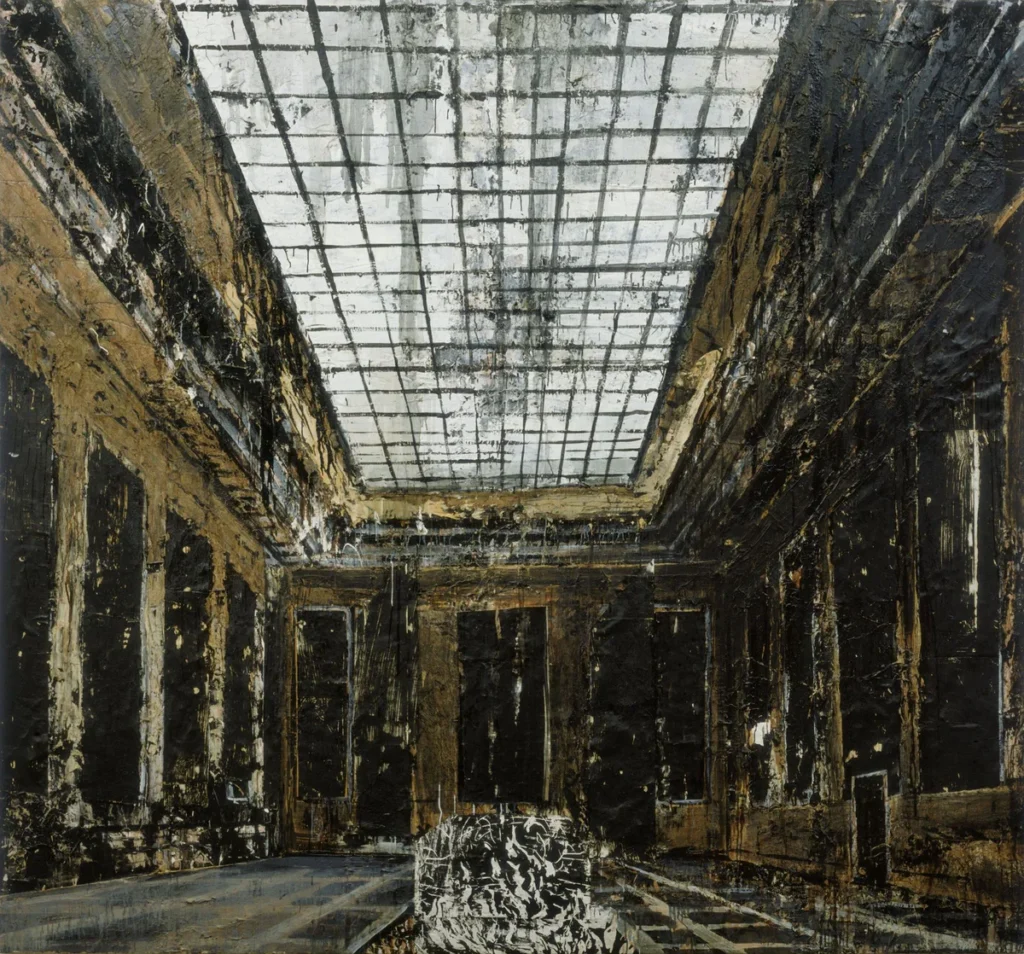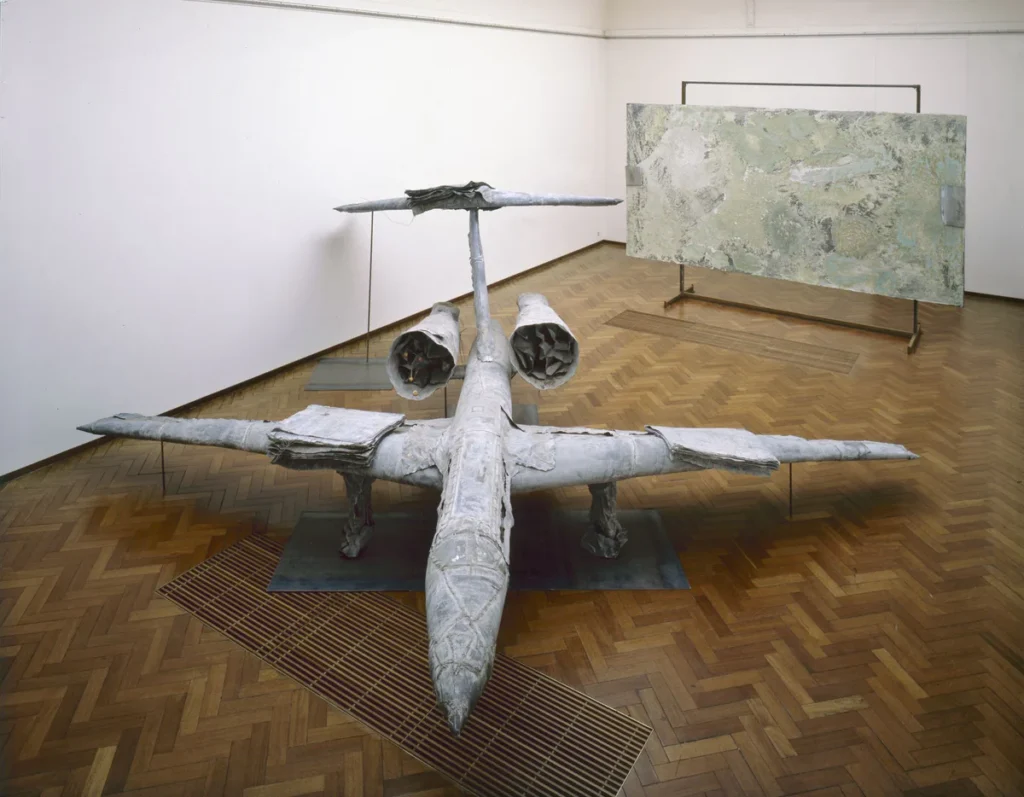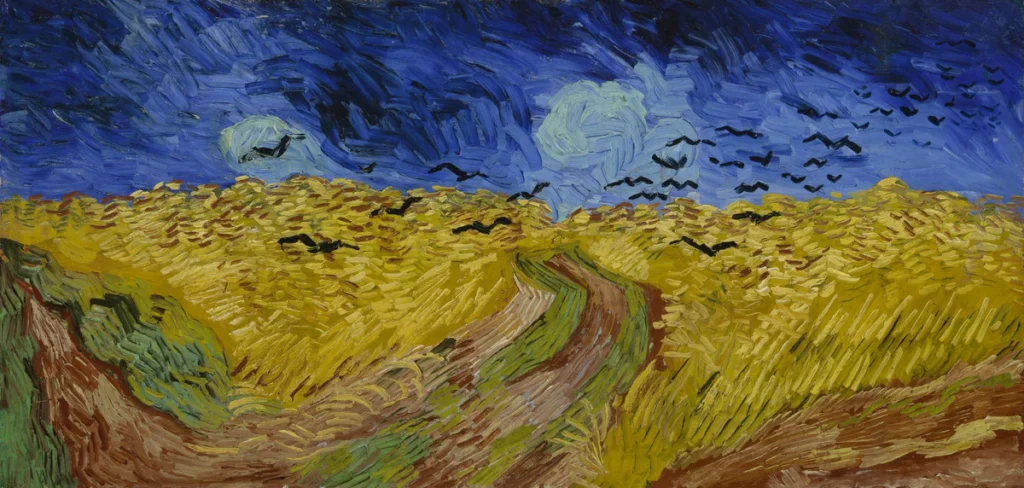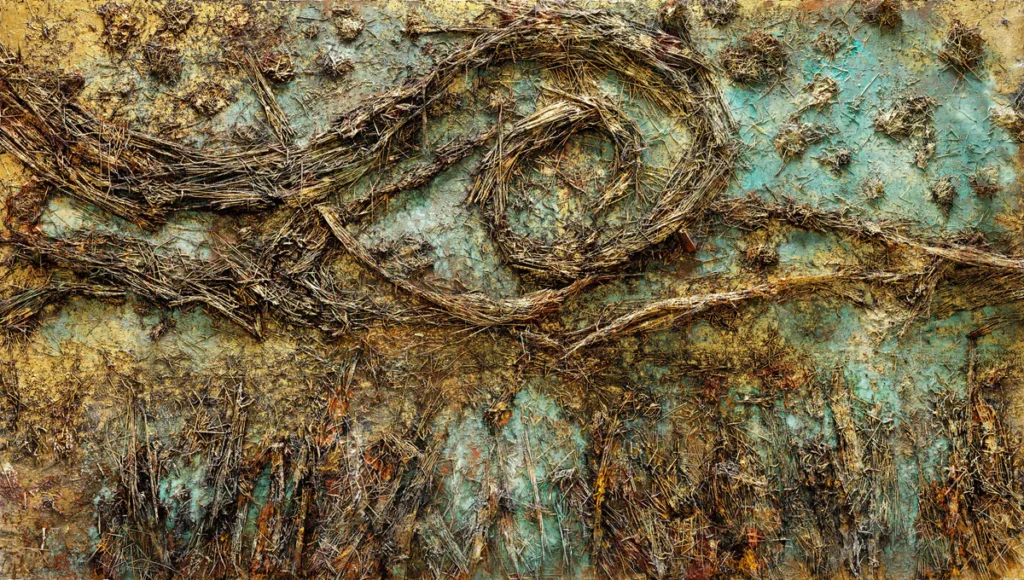For the first time in their history, the Van Gogh Museum and the Stedelijk Museum Amsterdam are joining forces to stage a major exhibition from 7 March 2025 until 9 June 2025, of one of the most important artists of our time: Anselm Kiefer.

The exhibition, which opens in spring 2025, places Kiefer centre stage. From his childhood, Kiefer has had a special connection to the work of Vincent van Gogh. To this day, Kiefer’s admiration for Van Gogh is visibly present in his work. He also has a long, personal history with the Stedelijk Museum Amsterdam. The museum bought and displayed his work from the beginning, giving Kiefer recognition for his art.
Especially for this exhibition, Kiefer has created new works that have never been seen before. Of course, popular favourites from the collections of both museums are also on display. At the Van Gogh Museum, famous paintings by Vincent van Gogh will be shown along with works by Kiefer. At the Stedelijk Museum Amsterdam, you will see all the Kiefers from the collection together for the first time.

One exhibition, two museums
Anselm Kiefer – Sag mir wo die Blumen sind is one exhibition divided between two museums. Two types of ticket will soon be available for the Van Gogh Museum:
- A combination ticket: this ticket grants access to the permanent collections at both museums and the exhibition at both museums.
- An exhibition ticket: this ticket grants access to the exhibition at both museums and the permanent collection at the Stedelijk Museum Amsterdam.
Sag mir wo die Blumen sind
The title of the exhibition, Sag mir wo die Blumen sind, refers to the anti-war song of the same name by American folk singer and activist Pete Seeger, which later became widely known in a German rendition by Marlene Dietrich. The title also refers to Kiefer’s new work of the same name to be shown at the Stedelijk Museum Amsterdam, and to Vincent van Gogh’s Sunflowers.

About Kiefer
Born just before the end of World War Two, German artist Anselm Kiefer (b. 1945) played among the ruins as a child. In the late 1960s, Kiefer was one of the first German artists to scrutinise the emotionally charged history of his homeland. His monumental and abrasive artworks were initially received with much criticism in Germany. In the Netherlands, however, his work was valued early on by collectors and by museums such as the Stedelijk Museum Amsterdam. It was only later on that Kiefer also became appreciated in Germany as a result of exposing what remained unsaid. Recurring subjects in his work include German history, mythology, legends, alchemy, the devastating effects of war and the eternal landscape.


iThere are no comments
Add yours